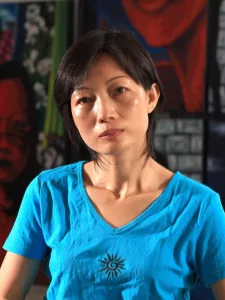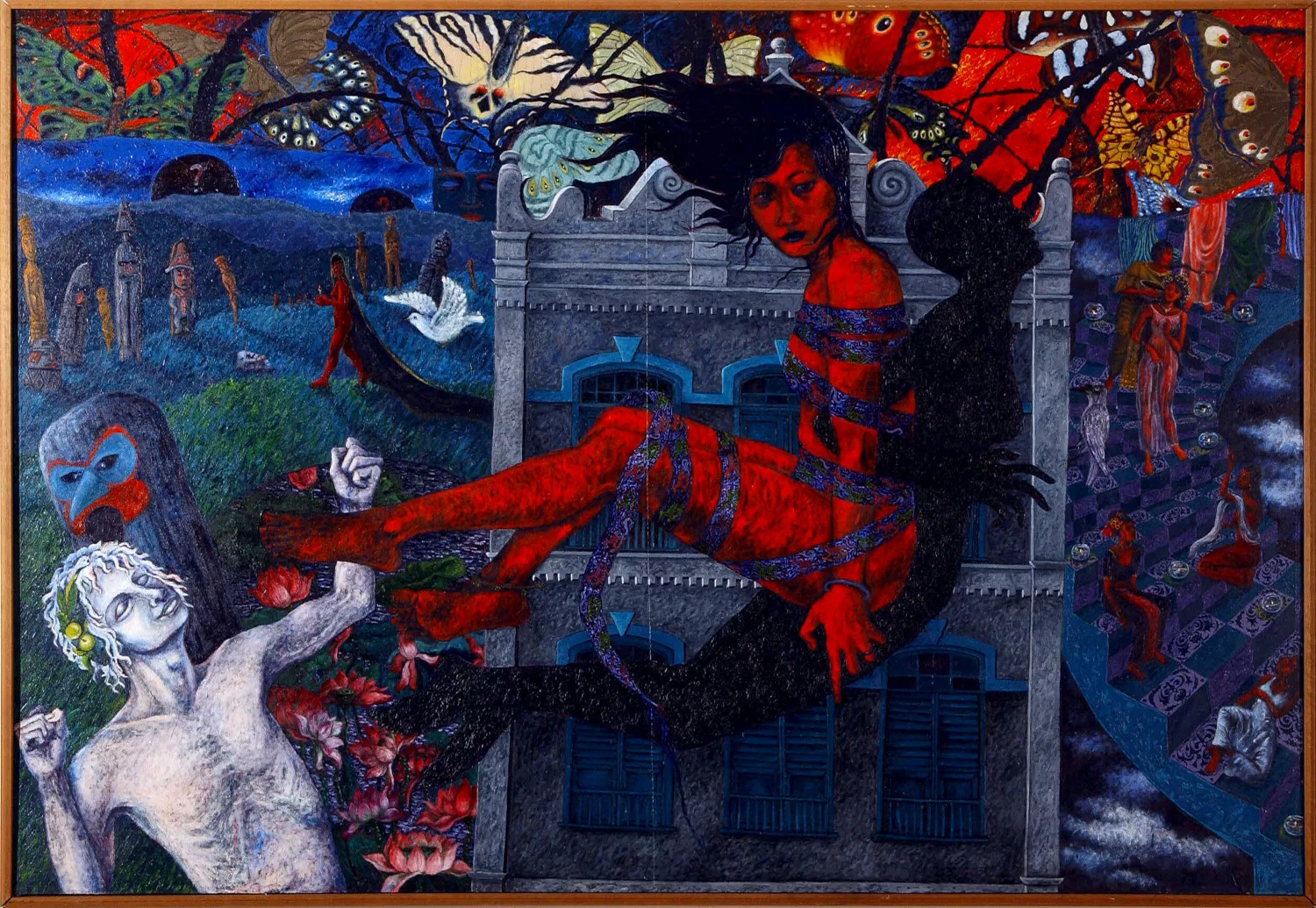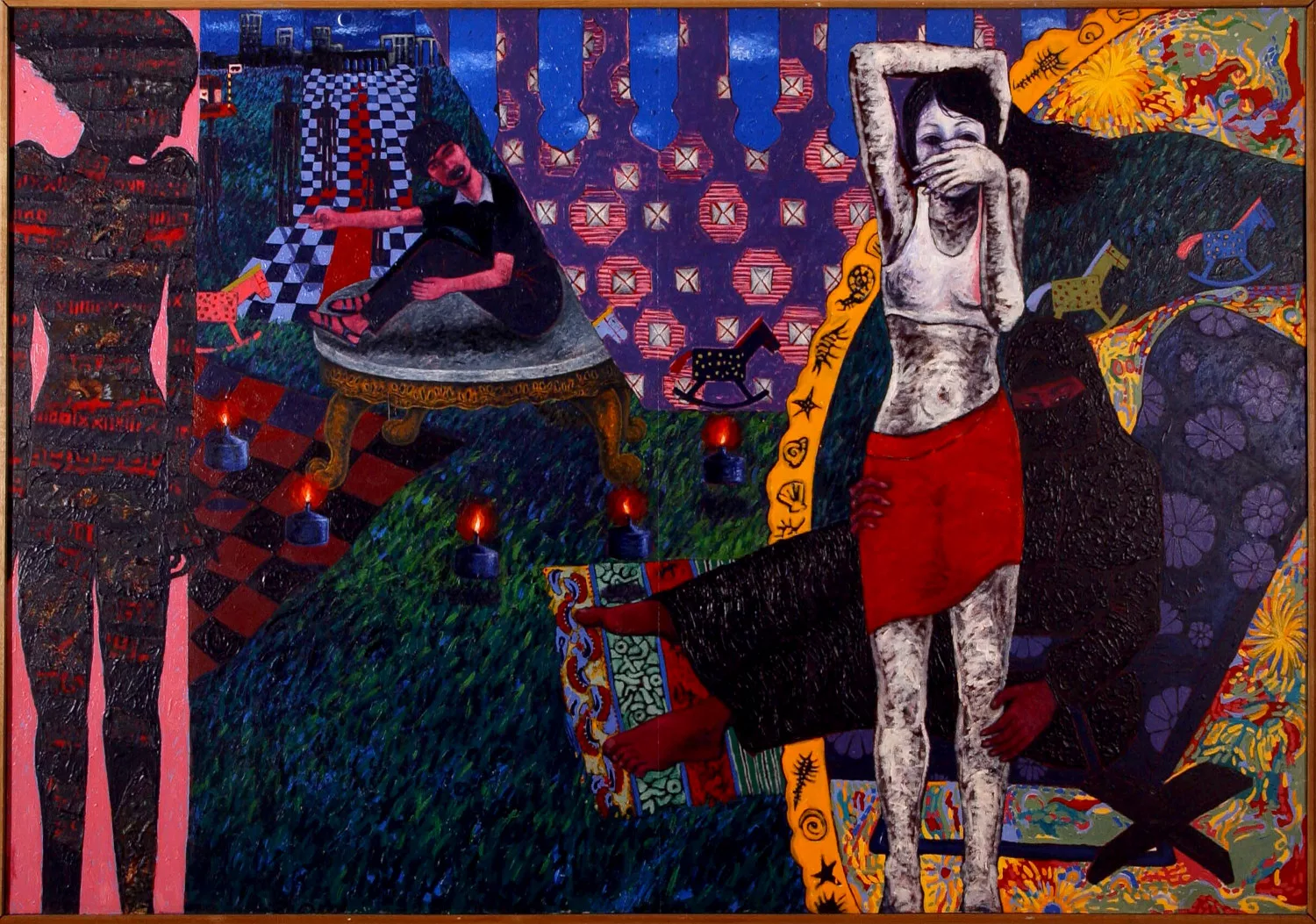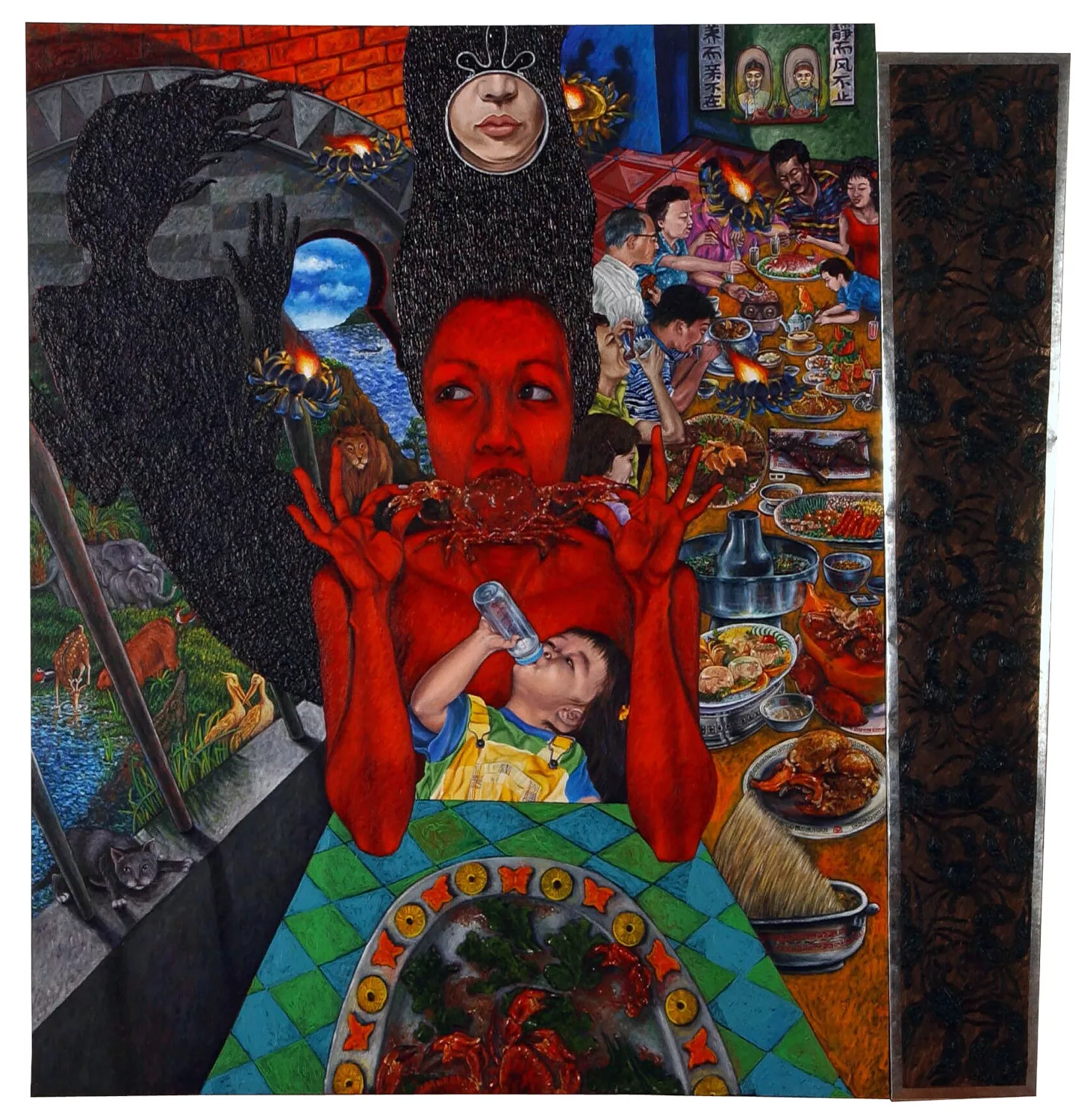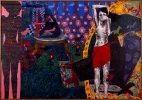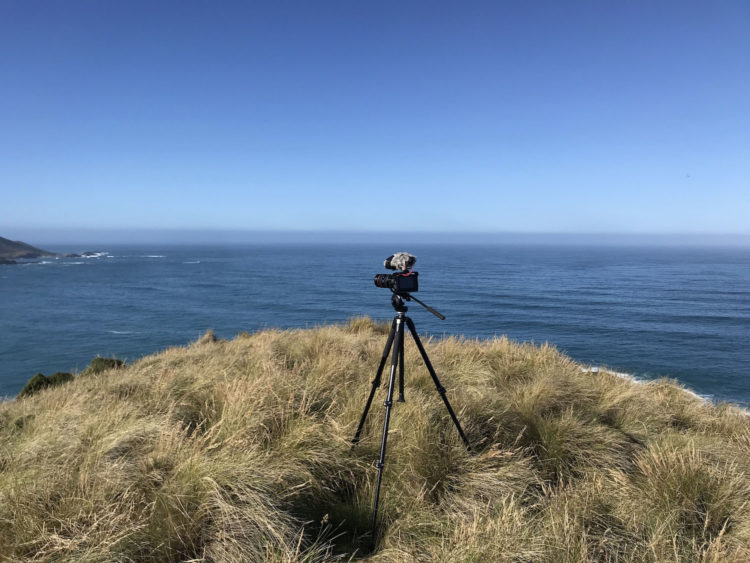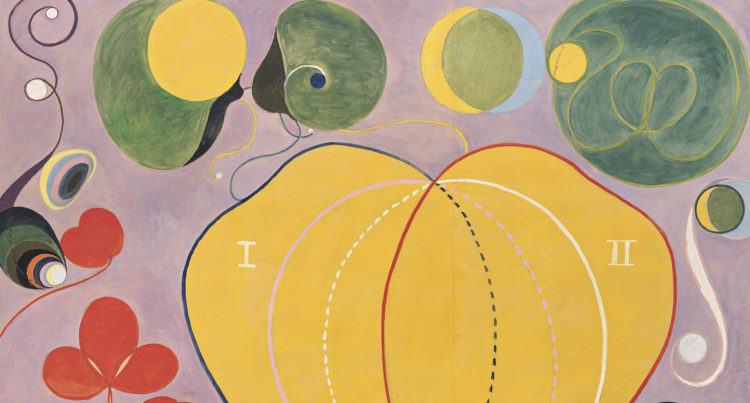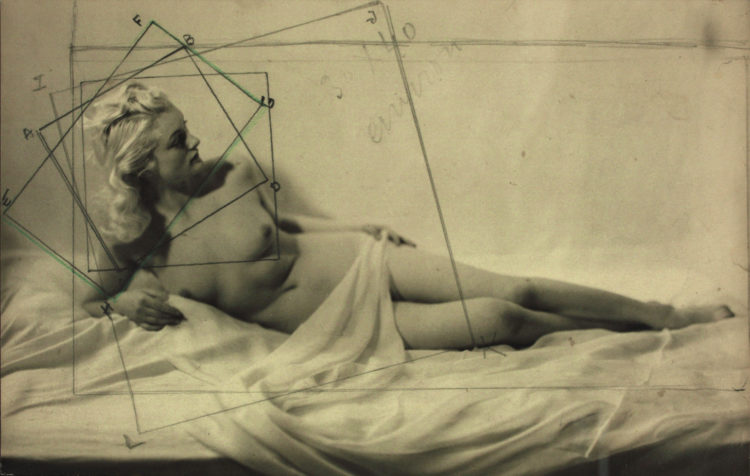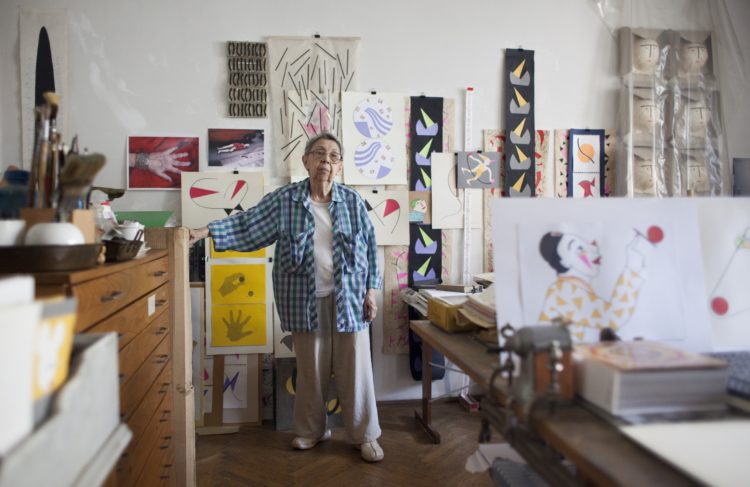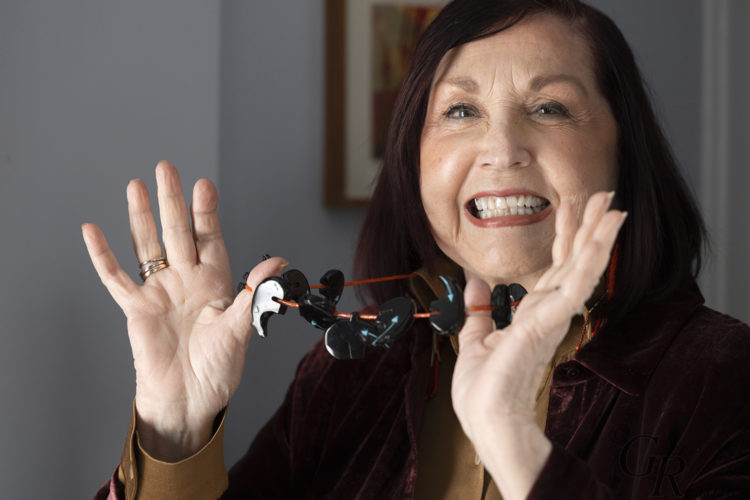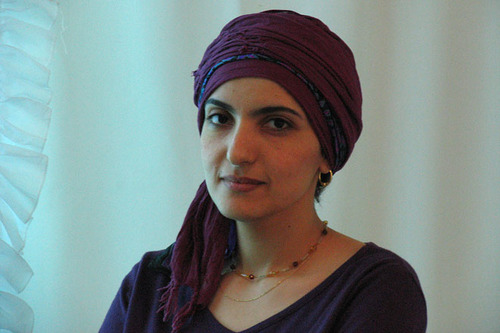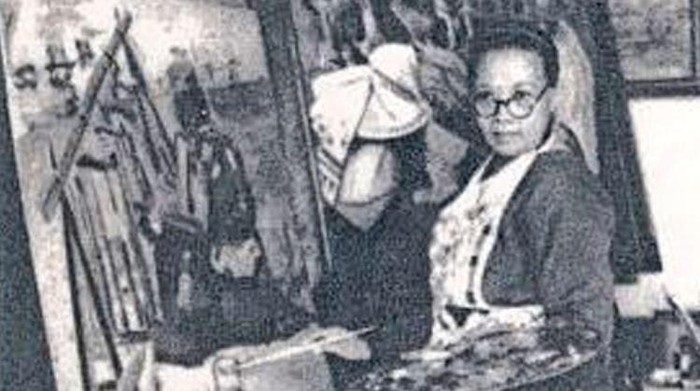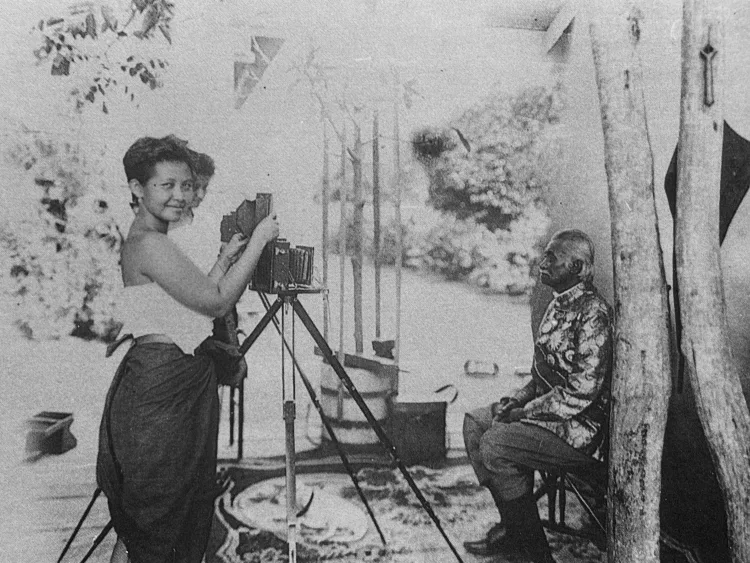Eng Hwee Chu
Shung, Sophia (ed.), Eng Hwee Chu: To You I Surrender My Vanity, Suma Orientalist Art Auctions Sdn Bhd, Kuala Lumpur (28 October–3 December, 2017), Kuala Lumpur, Suma Orientalist, 2017
→Jalaluddin, Syed, Zamzur Akasah, Syed Ahmed, Hassan, Sharmiza Abu, Tohid, Mohd Suhaimi, “Autobiographical Narrative Approach: Life Story in Malaysia Contemporary Visual Art”, Advanced Science Letters, vol. 22, 2016, p. 1715-1717
→Sulaiman, Shooshie, Archive: Eng Hwee Chu & Tan Chin Kuan, 12 Arts Space Gallery, exh. cat., Kuala Lumpur (27 July–15 September, 2008), Kuala Lumpur, Asia Art Archive, 2008
Art in Southeast Asia 1997: Glimpses into the Future, Tokyo Museum of Contemporary Art, Tokyo, 12 April–1 June, 1997; Hiroshima Museum of Contemporary Art, Hiroshima City, 2 August 1997–15 September, 1997
→2nd Asia Pacific Triennale, Queensland Art Gallery, Brisbane, Australia, 22 September, 1996–19 January, 1997
→3rd Chiang Mai Social Installation: Temples, Cemeteries, Private Residences, Public Buildings, Streets, Bridges, Walls, Rivers and Canals, Open Spaces, held in public places throughout the city of Chiang Mai, Thailand, 19 November, 1995–19 February, 1996
Malaysian painter.
Eng Hwee Chu is known for incorporating surrealism and magical realism into her artworks, illustrating her autobiographical journey and collective memories. She graduated from the Malaysian Institute of Art (1989). After her marriage to installation-artist, Tan Chin Kuan (1966–) in 1993, her paintings explored her changing roles from a daughter to a spouse and mother.
E. Hwee Chu’s works navigate the gap between tradition and modernity, combining figurative expressionism with social realism’s guó huà national painting style, the China Cultural Revolution Art of 1960s and the 1920s Lian Huan Hua style. She portrays contemporary allegories, woven with personal experiences as well as social and historical narratives. By juxtaposing ancient and contemporary Chinese and Malay elements, her paintings interrogate contemporary Malaysian women’s narratives through her cultural heritage.
Her Black Moon Series (1989–1992) features her recurring depiction of a red-skinned female protagonist, manifesting the artist’s critique of conventional gender constraints from an autobiographical dimension. In Black Moon 11 (1991), traditional Chinese floral motifs on the walls coupled with hints of Malay cultural objects such as oil lamps evoke Malaysian mixed cultural origins. Prospect (1995) pieces together cultural references and clashes between eastern traditional culture and western ideals. It shows a woman with a hovering yellow scarf riding on a horse. Behind the woman lies a dark shadow nailed to a crucifix, alluding to Western religious iconography. The upper side of the picture presents Renaissance putti swinging on vines – sacred European motifs with decorative yet playful elements – while the background features cultural references to the Chinese courtyard: tiled roofs, lattice windows, moon gates. The juxtaposition of traditional Eastern and modern Western motifs suggests the tensions of being a woman from two different cultural backgrounds. Her painting Change of Life (2010) offers a reflection on motherhood. The varied emotions displayed by the children and the multitude of characters, ranging from joy to fear, symbolise the challenges, experiences and rewards of a nurturing life. Behind herself are two black and white figures, suggesting moral struggle, possibly linked to the complexities of motherhood and artistic pursuits. The central red-skinned figure is clasping her body in a foetal position, looking upwards with a helpless expression.
E. Hwee Chu earned the Grand Prize in the Philip Morris National Art Award (1994), the Minor Award in the Young Contemporaries Award (1992) and the Minor Award in Salon Malaysia 3 (1991). Her solo exhibitions – To You I Surrender My Vanity (Suma Orientalis Fine Art, Malaysia, 2017), Solo Exhibition of Eng Hwee Chu (National Art Gallery, Malaysia, 1995) and Bewitched, Bothered and Bewildered (Suma Orientalis Fine Art, Malaysia, 2023) – mark different stages of her artistic journey, signifying phases of creative freedom, where her passion for social justice within a patriarchal society is intricately woven into her artworks. Some of her notable group exhibitions include Women In-Between: Asian Women Artists 1984–2012 (Fukuoka Art Museum, Tochigi and Mie Prefectural Art Museum, Japan, 2012), Osaka Triennale 2001 International Contemporary Art Exhibition (Osaka Cultural Foundation, Japan, 2001), Phillip Morris Asean Art Award Exhibition (World Trade Centre Singapore, Singapore, 1994) and Art & Material (Singapore Art Museum, Singapore, 1992).
A biography produced as part of the programme The Flow of History. Southeast Asian Women Artists, in collaboration with Asia Art Archive
© Archives of Women Artists, Research and Exhibitions, 2025


